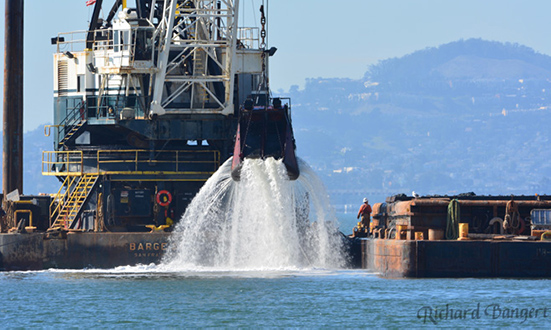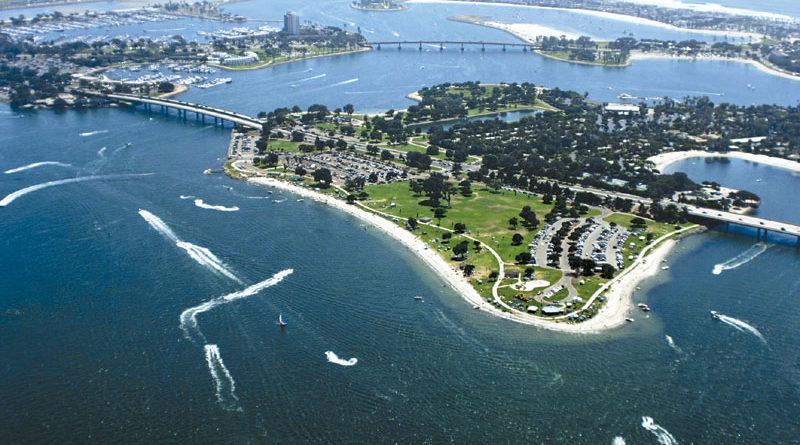


Monitoring was done three times a year for 8 years, in which areas and densities of the planted units were measured, to assess survival and growth. To infer which methods would produce better long term persistence to recover seagrass habitat, three factors were assessed: donor seagrass species, transplant season, source location. The goal of this study was to infer if it was possible to recover seagrass habitat in this region, in order to restore its ecosystem functions. To contribute to a better understanding of these challenges, we describe here part of a large-scale seagrass restoration program conducted in a Marine Park in Portugal. Some of the major challenges in seagrass restoration on exposed open coasts are the choice of transplant design that is optimal for coastlines periodically exposed to high water motion, and understanding the survival and dynamics of the transplanted areas on a long time-scale over many years. 4CSA Ocean Sciences Inc., Stuart, FL, United States.3MARE-Marine and Environmental Sciences Centre, ISPA-Instituto Universitário, Lisbon, Portugal.2Joint Nature Conservation Committee, JNCC, Peterborough, United Kingdom.1Centro de Ciências do Mar, CCMAR, CIMAR, Universidade do Algarve, Faro, Portugal.Fish and Wildlife Service, National Marine Fisheries Service, and the San Diego Regional Water Quality Control Board to ensure the success of the program.Diogo Paulo 1* Alexandra H. MBC also conducted a five-year mitigation monitoring program to evaluate the health and growth of the eelgrass beds working closely with the City of San Diego, the California Department of Fish and Wildlife, U.S. MBC and its partners mapped all of the affected eelgrass ( Zostera spp) beds and restored over 10 acres of eelgrass that was impacted by construction activities. We also monitored sensitive habitats, including California least tern nesting areas, to ensure they were not disturbed during construction. We performed water quality studies during dredging to document turbidity and ensure that the eelgrass beds in the area were not adversely impacted by construction.

As part of the Mission Bay Shoreline Stabilization project, MBC met with San Diego Park and Recreation to determine the feasibility of removing certain shallow-water hazards in Mission Bay while minimizing environmental damage.


 0 kommentar(er)
0 kommentar(er)
